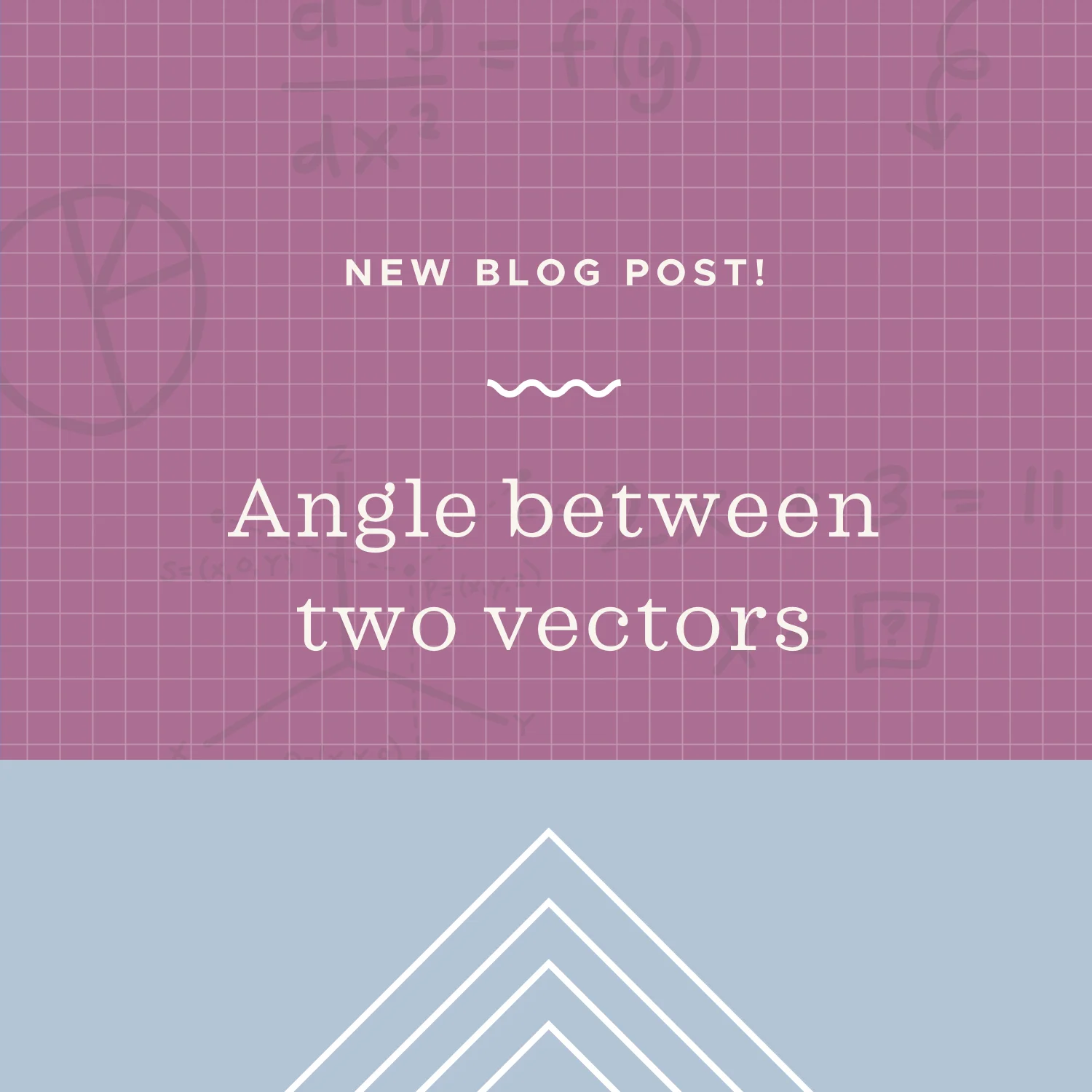If we need to find the volume of a parallelepiped and we’re given three adjacent edges of it, all we have to do is find the scalar triple product of the three vectors that define the edges.
Read MoreGiven a position function r(t) that models the position of an object over time, velocity v(t) is the derivative of position, and acceleration a(t) is the derivative of velocity, which means that acceleration is also the second derivative of position. Which means we can integrate acceleration to find velocity, and integrate velocity to find position.
Read MoreWe say that two vectors a and b are orthogonal if they are perpendicular (their dot product is 0), parallel if they point in exactly the same or opposite directions, and never cross each other, otherwise, they are neither orthogonal or parallel. Since it’s easy to take a dot product, it’s a good idea to get in the habit of testing the vectors to see whether they’re orthogonal, and then if they’re not, testing to see whether they’re parallel.
Read MoreTo find curvature of a vector function, we need the derivative of the vector function, the magnitude of the derivative, the unit tangent vector, its derivative, and the magnitude of its derivative. Once we have all of these values, we can use them to find the curvature.
Read MoreWhen we want to find the combination of two vectors, we take just match up the initial point of the second vector with the terminal point of the first vector, and then we draw a new third vector from the initial point of the first to the terminal point of the second. We can do this with as many vectors as we want, we just keep matching up the initial point of the next vector to the terminal point of the previous, and then draw the combination from the initial point of the very first vector to the terminal point of the very last vector.
Read MoreThe directional derivative of a multivariable function takes into account the direction (given by the unit vector u) as well as the partial derivatives of the function with respect to each of the variables.
Read MoreTo take the dot product of two vectors, multiply the vectors’ like coordinates and then add the products together. In other words, multiply the x coordinates of the two vectors, then add the result to the product of the y coordinates. Given vectors in three-dimensional space, add the product of the z coordinates as well.
Read MoreTo find the angle between two vectors, we use a formula for cosine of the angle in terms of the dot product of the vectors and the magnitude of both vectors. The magnitude of each vector is given by the formula for the distance between points.
Read More









